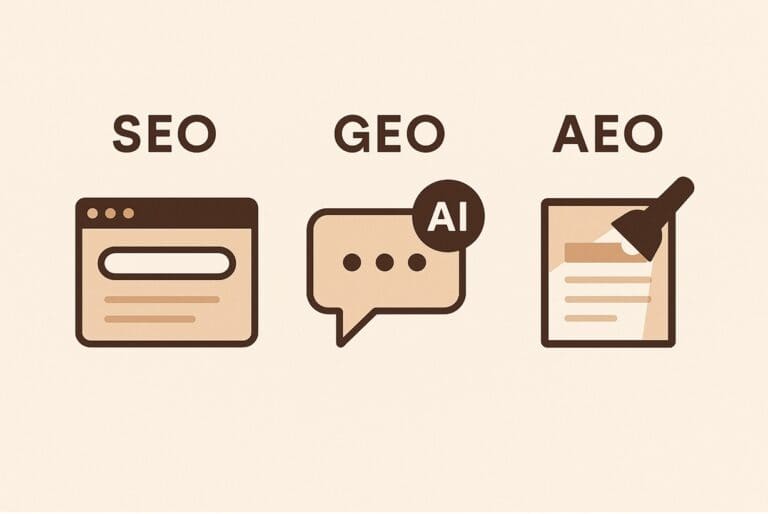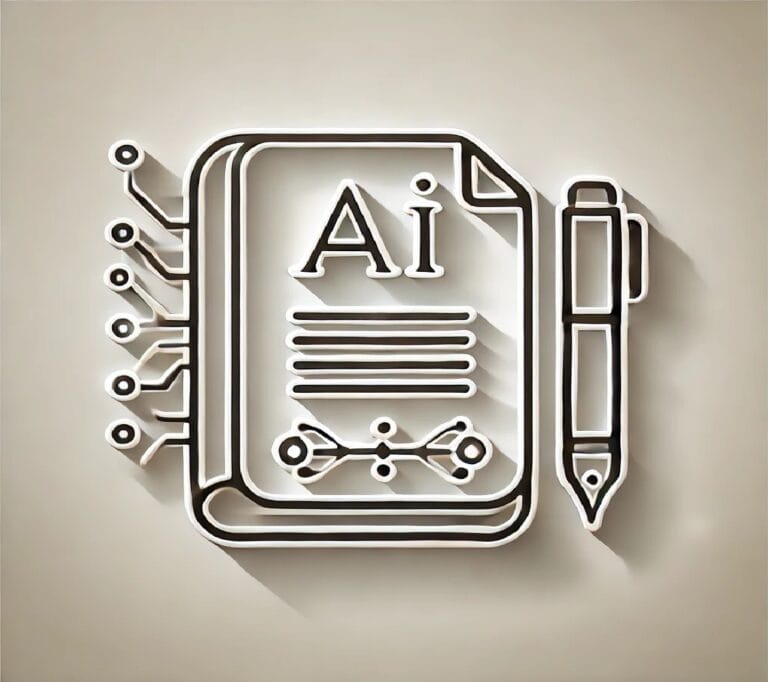Smart Automation—6 Best Hacks for New Indie Authors
“Never automate something that can be eliminated, and never delegate something that can be automated.” — Tim Ferriss
Let Technology Work for You
As an indie author, your to-do list never ends. Whether it’s writing, publishing, marketing, emailing, or organizing finances. Somehow, still making time to create isn’t easy. But here’s the good news. You don’t have to do it all manually. Smart automation can help you save hours every week, boost your marketing consistency, and free up your mental energy for the work that matters most. Your writing. Imagine the relief from the burden of manual tasks.
This writer’s guide shows you how to strategically automate your author business without sounding robotic or losing your personal touch. It’s about maintaining that personal connection with your readers, even in the automated processes.
(Note: This is for educational and informational purposes. It’s not intended as a substitute for a legal or financial professional advisor. Always seek the advice of a licensed professional.)
What Is Smart Automation, Really?
Smart automation is using tools and technology to handle repetitive tasks with minimal ongoing effort. It’s not replacing your creativity. It’s merely replacing busywork. When set up well, automation becomes your quiet assistant working behind the scenes 24/7.
Think of it as cloning yourself to handle routine tasks like:
- Welcoming new email subscribers
- Scheduling social posts
- Backing up your manuscript
- Sending book launch reminders
- Organizing royalty statements
Top 6 Areas Indie Authors Should Automate
Here are six areas where automation makes the most significant impact for new indie authors.
Also, note that while some automation tools may have free versions, others may require a subscription or a one-time purchase. Always consider the costs before implementing automation.
1. Email Marketing
Tool examples: ConvertKit, MailerLite, Mailchimp
- Deliver a lead magnet instantly
- Send a welcome sequence automatically
- Tag subscribers based on interest or behavior
- Schedule newsletters in advance
2. Social Media Scheduling
Tool examples: Buffer, Later, Hootsuite, Metricool
- Plan content by category or campaign
- Reuse top-performing posts
- Schedule weeks in advance across platforms
- Maintain consistency without daily effort
3. Calendar & Booking
Tool examples: Calendly, Acuity
- Automate scheduling for podcast interviews, author events, or coaching calls
- Sync with your availability
- Add automated reminders and follow-ups
4. File Organization & Backups
Tool examples: Google Drive, Dropbox, Scrivener backups
- Automatically back up manuscripts and content
- Use cloud folders to auto-organize documents
- Sync across devices for peace of mind
5. Financial Tracking
Tool examples: Wave, QuickBooks, Excel + Zapier
- Auto-import transactions from bank/royalty accounts
- Categorize expenses
- Generate simple reports
6. Workflow Automation
Tool examples: Zapier, Make (formerly Integromat)
- Connect apps like Gmail + Google Drive + ConvertKit
- Trigger “when X happens, do Y” automations
- Examples: Save all new email subscribers to a Google Sheet, or email yourself when a book sells over 10 copies
How to Set Up Automation Without Overwhelm
You don’t need to automate everything. Automate only what slows you down or burns you out.
- Pick one area to automate first (email, social, etc.)
- List the repeat tasks you do weekly/monthly
- Choose the right tool (don’t overcomplicate)
- Set it up once, then test and refine
- Review monthly to tweak and optimize
Avoiding the Pitfalls of Over-Automation
- Always personalize key interactions, like reader replies or review requests
- Don’t schedule so far ahead that your content feels stale
- Automate structure, not soul—use your voice
- Review automations quarterly to avoid outdated links or broken workflows
Wrap-Up: Protect Your Time
Stop doing everything manually. Streamline your author business with smart automation. Use the best tools to save time on email, social media, and admin tasks. When you use automation to support your email, content, scheduling, and organization, you unlock more energy for the things only you can do. Automation doesn’t mean losing the personal touch. It means preserving it by protecting your time.
For more guidance, see other writer’s guides in our series, such as Author Financials—6 Top Tips for New Indie Authors.
The path of writing is one filled with ceaseless learning and enhancement. You are not expected to tread this path solo. We’re thrilled to accompany you on this journey, offering support and motivation at every turn. Our objective is to deliver foundational knowledge and pragmatic guidance, enabling you to traverse the literary landscape with amplified confidence. You’re not alone in this.
We trust you’ve found this writer’s guide both enlightening and inspirational. They’re designed to equip you with the tools and insights to bolster your success as a burgeoning author.
How can we help? To let us know, please fill out our Contact form. We’d love to hear your feedback, answer your questions, or even feature your success story in our next guide. Happy writing!
If you have a draft you want to publish with the help of AI, read, Is Your Book Ready to Self-Publish? Lastly, for help writing a non-fiction book, read Write Your First Non-Fiction eBook: a 30-Day Workbook for Getting It Done.
Checklist: Smart Automation for Indie Authors
- I’ve chosen one area of my business to automate
- I use an email platform with an automated welcome sequence
- I schedule my social posts ahead of time
- My manuscript and content are backed up automatically
- I’ve simplified scheduling with a booking link or calendar tool
- I use software to track income and expenses
- I periodically review and improve my automation setup
#




